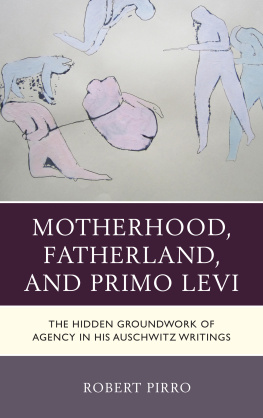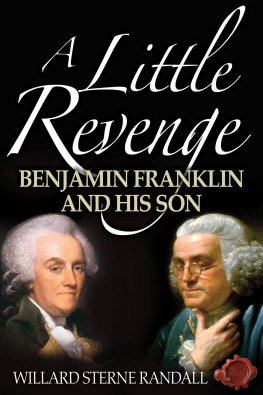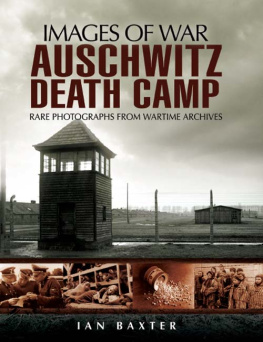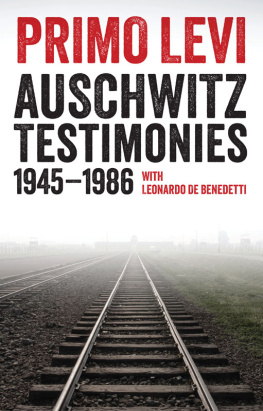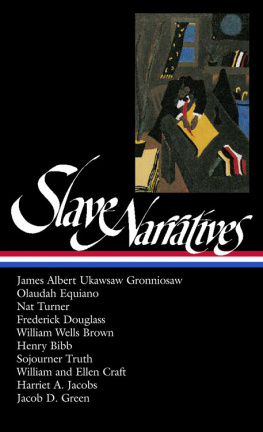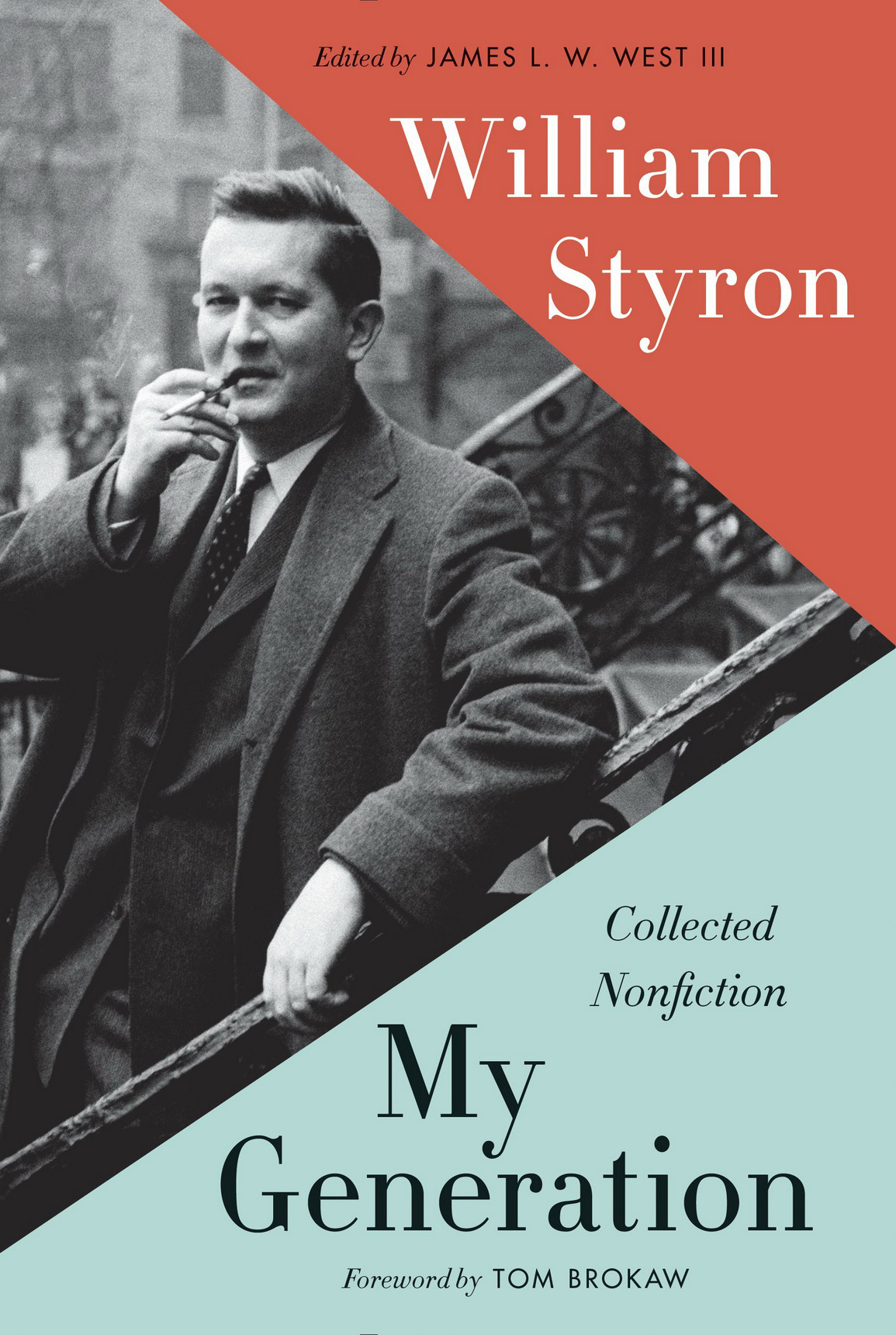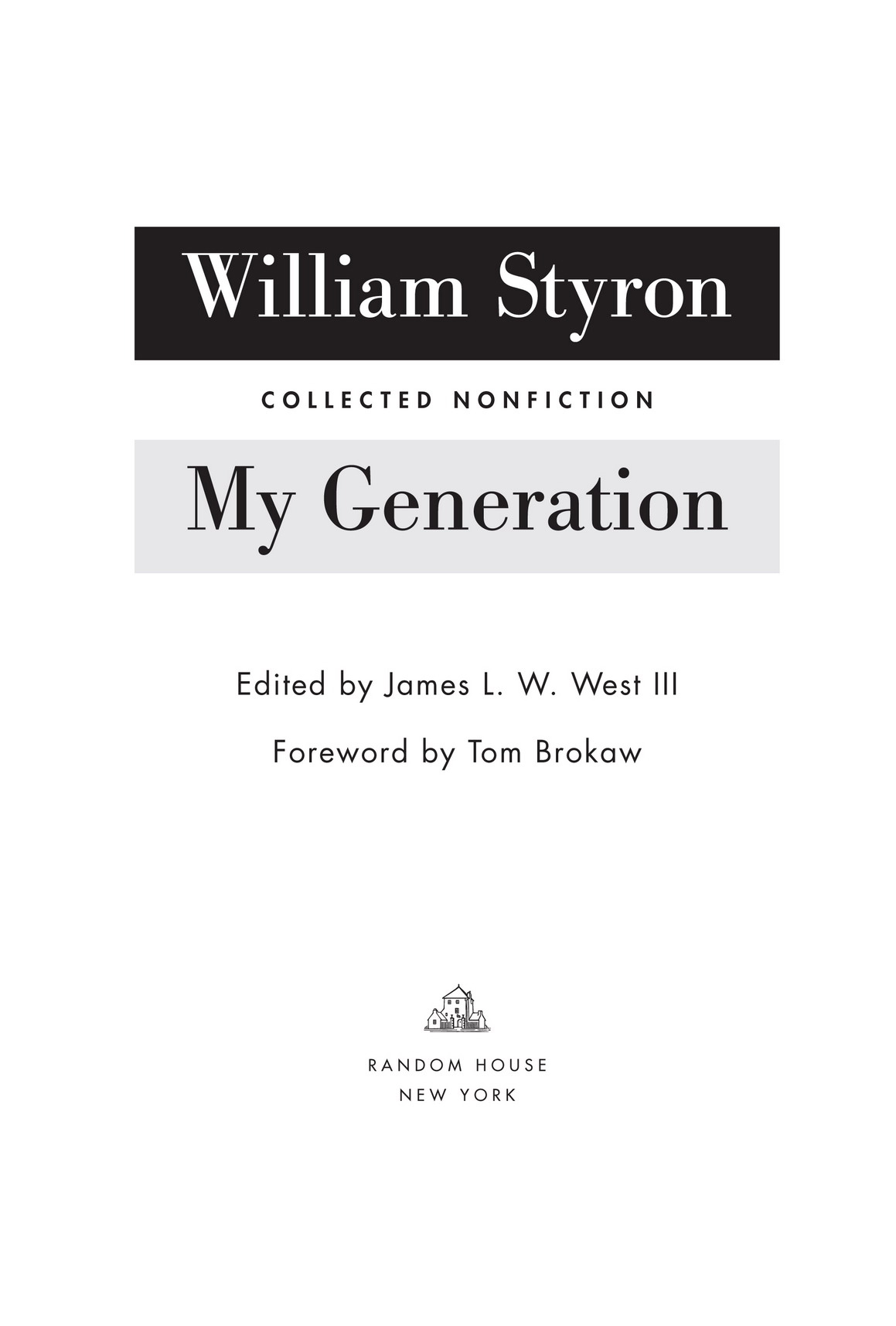This is a work of nonfiction. Some names and identifying details have been changed.
All rights reserved.
Published in the United States by Random House, an imprint and division of Penguin Random House LLC, New York.
R ANDOM H OUSE and the H OUSE colophon are registered trademarks of Penguin Random House LLC.
Grateful acknowledgment is made to the University of South Carolina Press for permission to reprint four lines from In the Tree House at Night by James Dickey (from The Complete Poems of James Dickey, copyright 2013 The University of South Carolina)
Styron, William, 19252006, author.
[Essays. Selections]
My generation : collected nonfiction / William Styron; edited by James L. W. West III.
Includes index.
I. West, James L. W., editor. II. Title.
Foreword
TOM BROKAW
A few years ago I made a pilgrimage to Rowan Oak, the stately but deserted home of William Faulkner in Oxford, Mississippi, and wandered through the great man's library.
Even in midday light it was a dim, dusty room with no furniture, but the shelves were lined with books. By chance, one caught my eye: Lie Down in Darkness, the first novel by my friend Bill Styron of the Virginia Tidewater.
In his inscription which as I recall Bill addressed to Mr. Faulkner, Styron introduced himself a young Southern writer and explained that this was his first novel.
It was thrilling just to hold the book and imagine the day Faulkner received it, smoking his pipe, turning it over, reading the inscription, perhaps carrying it into the room where I now stood.
That and more came back to me as I read Bill's account for Life magazine of Faulkner's death and funeral. It was Styron as reporter, gracefully moving through the hot, sweaty languor bordering on desperation.
People in Mississippi have learned to move gradually, almost timidly, in this climate, he wrote. Black and white, they walk with both caution and deliberation.
And in this collection of nonfiction about his generation and time, Styron is deliberate but neither cautious nor timid.
He writes about his generation, the South, and race with a voice that is at once lyrical and unsparing. Bill, the grandson of a slave owner, describes himself as practically a brother to James Baldwin, the tiny, fiery African American who wrote with uncompromising passion about the long overdue need for racial equality.
As you might expect, there are several references to The Confesions of Nat Turner, Styron's initially successful novel based on the true story of a rebellious slave in the nineteenth century who led a revolt against slave owners.
It was scheduled to become, as they say, a major motion picture, but by then the black consciousness movement was in full voice and Styron was condemned as a whitey, incapable of writing about a black hero.
Race is a continuing theme for this son of the South, as it has been for many white Southern writers, and Styron takes it north, into his adopted state of Connecticut, to the murder trial of a mentally challenged black man with a lifetime of poverty. His guilt was indisputable, but a death sentencewas that justice? Would it have been for a white defendant with the same limits?
Reading this evocative collection reminded me of the excitement I felt as a young man in the fifties, knowing that James Jones would be out with a new novel, or Truman Capote, James Dickey, Terry Southern, Nelson Algren, Philip Roth. They're all here, Styron's boon companions, and by extension ours as well.
It was a golden time in American literature, as this new generation took hold of social issues and made them the stuff of great books. They also were masters of the nonfiction form, as Styron is here.
Mailer's provocative essays on Vietnam. Capote on murder in Kansas. Roth on social issues. John Updike's peerless farewell to Ted Williams at Fenway. They made way for Joyce Carol Oates and Joan Didion, who moved gracefully between fiction and nonfiction.
In another nonfiction book, Bill wrote about his bout with depression, a haunting and yet instructive guide for others who were dealing with similar issues. Two of his closest friends were also struggling with depression. Art Buchwald and Mike Wallace often walked the beaches of Martha's Vineyard with Bill as a kind of three-man support group.
Art later complained, in his Buchwaldian way, We all had depression, but Bill was the only one who made money out of it.
Styron was meant for the literary life and the people who occupy it. Here he pays tribute to their work and personalities. He also shares his affection for his life-mate, the indomitable Rose, and their four spirited children. Styron would be incomplete without them.
Thank you, Bill, for sharing.
Contents
Editors Note
My Generation includes all individual pieces of writing from William Styron's two previous collections of nonfiction: forty-four items from This Quiet Dust and fourteen from Havanas in Camelot. To these have been added thirty-three new itemsessays, memoirs, op-eds, articles, eulogies, speechesseven of them previously unpublished. The result is a comprehensive collection that covers a period of fifty years, from October 7, 1951, when Styron published an autobiographical note in the New York Herald Tribune Book Review, to August 19, 2001, when he delivered a tribute to Philip Roth at the MacDowell Colony. My Generation is not, however, an omnium gatherum. A full listing of Styron's published nonfiction is provided in the back matter of this book; his papers at Duke University contain additional items that have not yet seen print. Most of these writings will likely be included, some years hence, in a collected edition of Styron's works. For now, My Generation brings together his most important essays, reviews, and memoirs and demonstrates the high quality and wide range of his achievement in nonfiction.
This Quiet Dust, the only nonfiction collection that Styron published during his lifetime, exists in two editions. The first was published by Random House in 1982, the second by Vintage Books in 1993. For the Vintage edition Styron added six previously uncollected essays and substituted a later reminiscence of his friend James Jones for the memoir that he had included in the 1982 edition. Styron prepared a good deal of new writing for the edition of 1982: a Note to the Reader; separate introductions to three of the sections; and a further report on the fate of Benjamin Reid, the prisoner whose cause he had originally taken up in 1962. Of these materials only the report on Reid, called Aftermath of Aftermath, is included here. The other pieces were prepared specifically for




